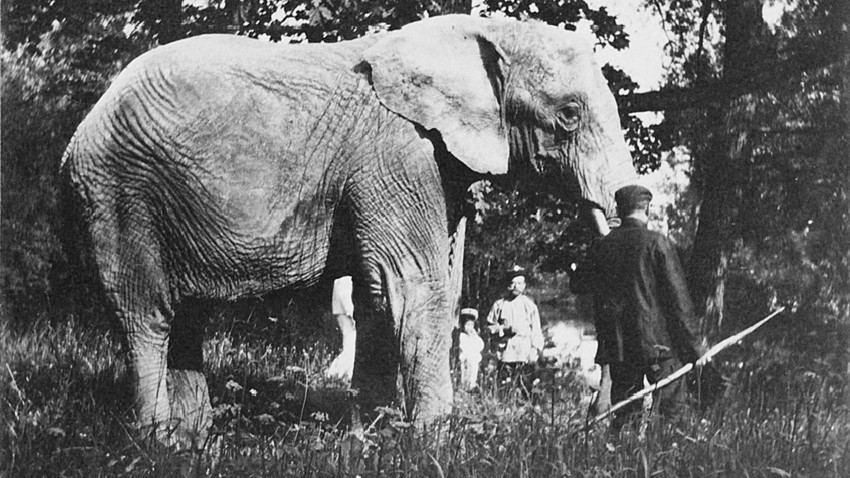
The first elephant in Russia had hare’s ears and tiger’s claws! A pair of bas-reliefs with elephants used to guard the southern wall of the Saint George Cathedral in Yuryev-Polsky (Vladimir Region, 180 km from Moscow). Today only one of them is left. Whoever created this elephant never saw it in the flesh; only in the 16th century did the huge beasts arrive on Russians soil.
1. Ivan the Terrible’s elephant
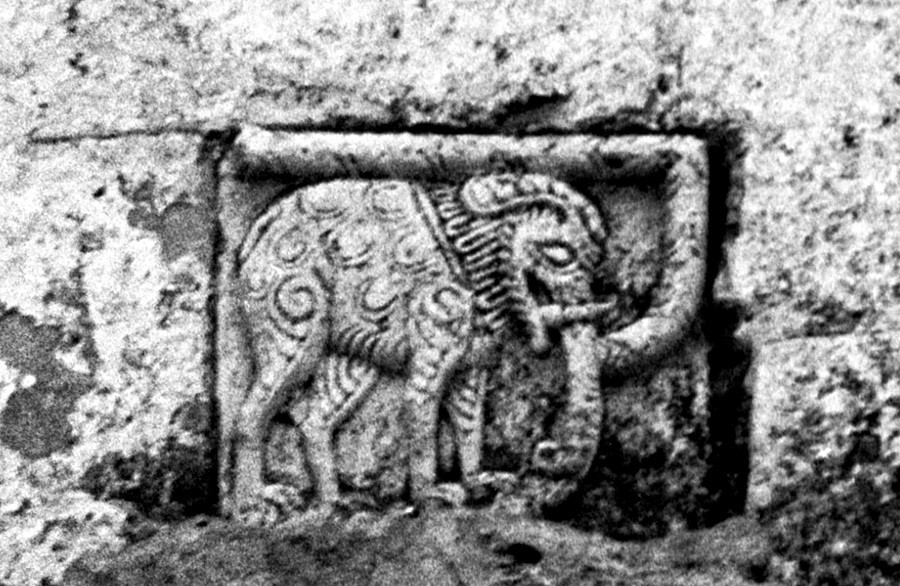
The elephant on the walls of the Saint George Cathedral in Yuryev-Polsky
U. Neskvernov/SputnikExotic animals were a usual royal gift in the 16th century. So Persian Shah Tahmasp I sent an elephant to Tsar Ivan the Terrible to express his affection. Heinrich von Staden, a German in Ivan’s service, wrote that the elephant came with its minder. Legend has it that on arrival, the elephant was so tired that it fell to its knees immediately after seeing Ivan, which pleased the Tsar, so he gave the minder a healthy salary, which made many poor Muscovites envious. When in 1570, the plague spread through Moscow, many blamed the beast. The elephant and his minder were sent away to a remote town, where the musher died. People feared that without proper care, the elephant might go mad, so the Tsar sent a hit squad to kill the animal. The elephant was found on his minder’s grave, refusing to leave. Its trunks were sent to Ivan as proof that it was dead.
2. Elephants owned by Peter the Great
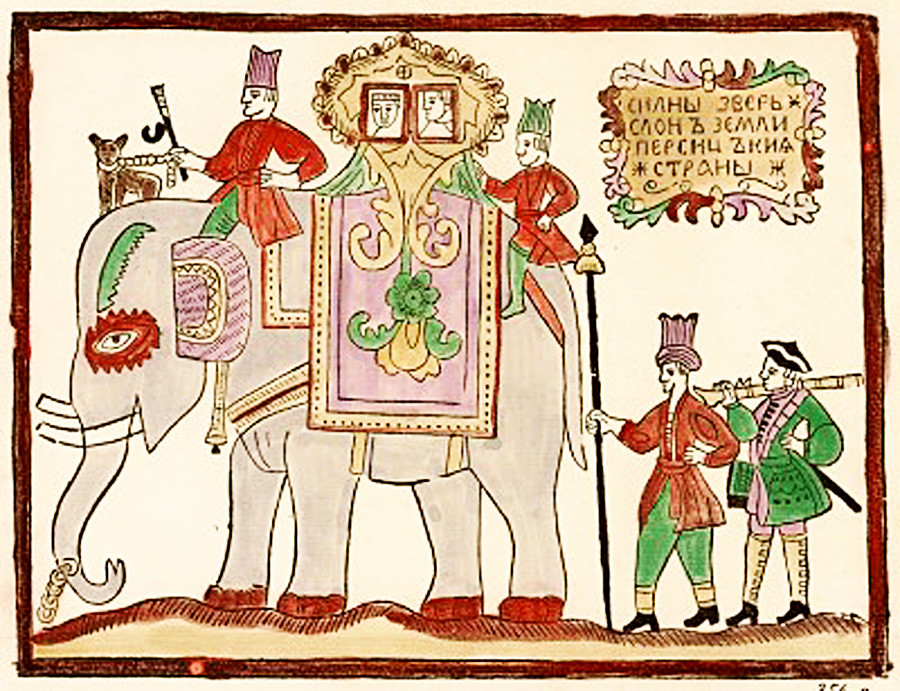
Persian Shahs continued to supply Russia with elephants. In 1713, one was sent to Peter the Great. Andrey Denisov, a contemporary, saw the beast in Moscow en route to St. Petersburg. His affectionate description related that the elephant’s legs were “of man’s height and as thick as a log,” the beast was “black of color,” had a “
3. Anna’s
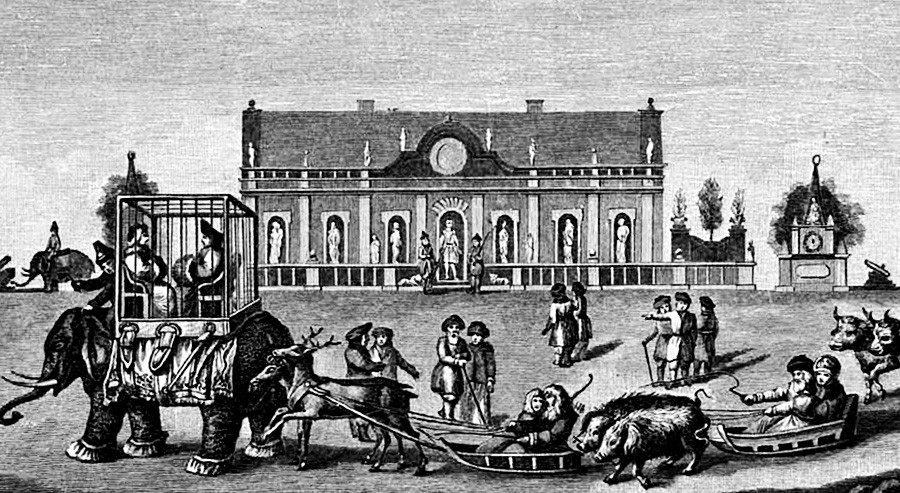
The elephants during the wedding in the Ice House, 1740.
S. Shubinskiy. Historical sketches and stories. 1881.Anna herself once watched the elephant do tricks for over an hour, and she liked it so much she “commissioned” the beast to take part in the famous jesters’ wedding in the Ice House. But this was not the last elephant Persian rulers sent to Russia.
4. Elephants as a proposal: Elizabeth of
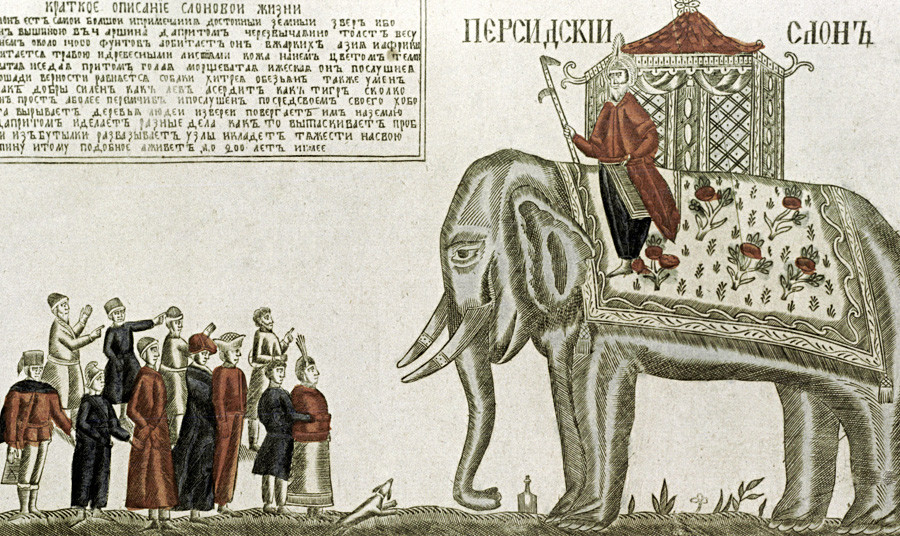
The elephants were placed in the Great Meadow in enclosures. Also, some St. Petersburg roads and bridges were strengthened to hold the elephants during their walks. Asatiy, the keeper who looked after Anna’s elephant, asked for strong metal chains to hold the elephants in place, and it turned out they were needed. In six days, the elephants “became aggressive due to the females, three of them escaped. Two were soon caught, while the third reached Vasilyevsky Island, where he damaged the Senate building and a ran amok in a Finnish village,” wrote a St. Petersburg newspaper. The beast attacked the building of the Twelve Collegia located on Vasilyevsky island, where the Senate resided at the time.
5. Nicholas II’s

Tsar Nicholas II and his favorite elephant.
Tsarskoe Selo State Museum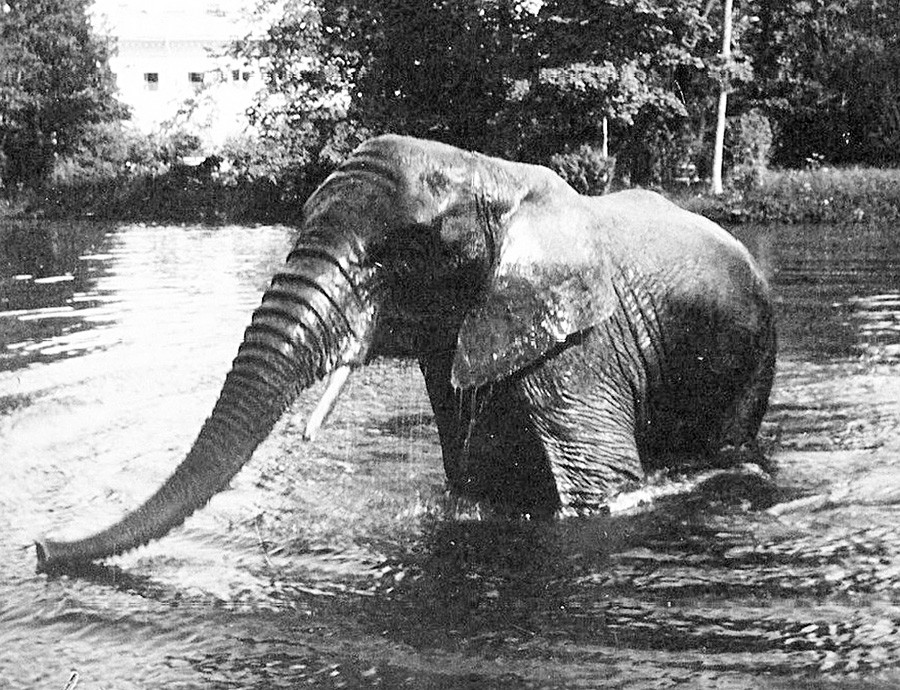
The elephant bathing at Tsarskoye Selo.
Tsarskoe Selo State MuseumIn 1891, Nicholas (a Grand Duke at the time) brought an elephant from his world trip. In 1896, he received another elephant from Abyssinia (Ethiopia). This elephant lived a long and comfortable life in Tsarskoye Selo. “The elephant is remarkably good-natured and is very attached to its keeper.
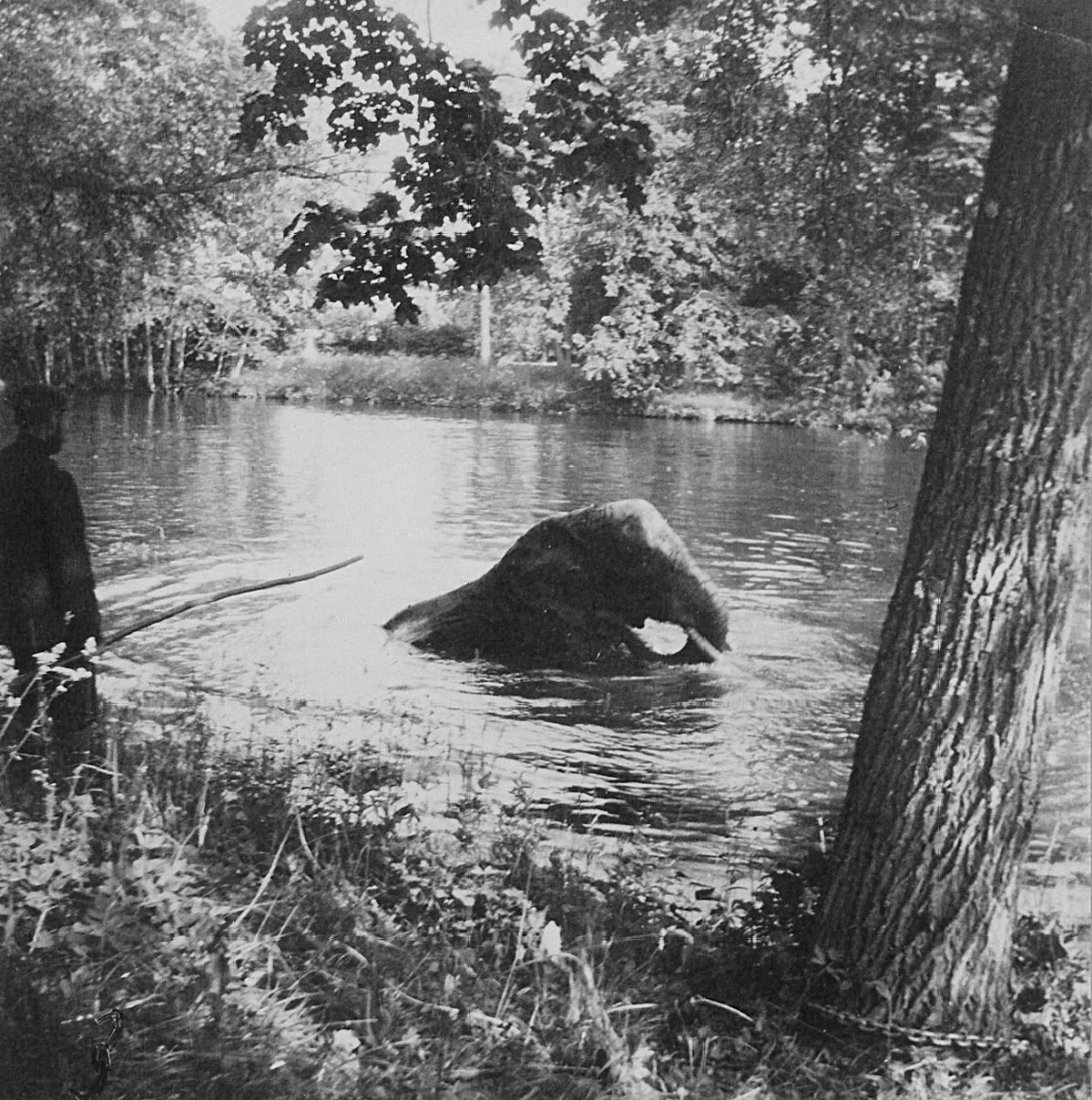
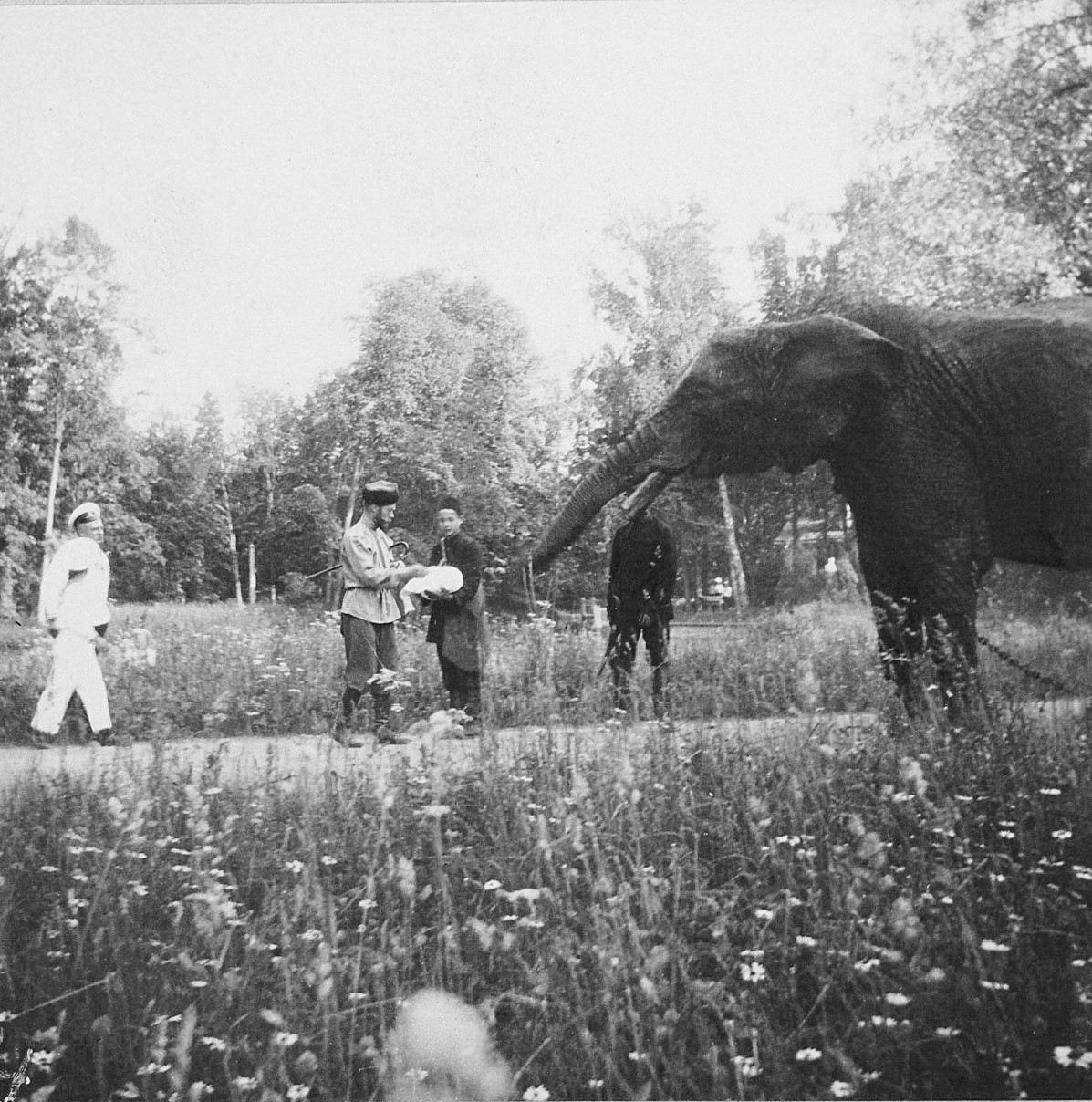
By the way, Russia is indeed the home of the elephant – find out why.
If using any of Russia Beyond's content, partly or in full, always provide an active hyperlink to the original material.
Subscribe
to our newsletter!
Get the week's best stories straight to your inbox